From their adorable hops to their curious whiskers, rabbits capture our hearts with their charm. Yet, amid the joy of bunny companionship, it’s easy to overlook a crucial aspect of their well-being: ear care. Just like us, rabbits require regular attention to their ears to fend off pesky problems and ensure lasting health. Delve into this guide for essential tips on safeguarding your rabbit’s precious ears, from understanding their unique anatomy to mastering the art of gentle cleaning. Let’s embark on a journey to keep those floppy ears as happy and healthy as can be.
Rabbit Ear Care: Essential Tips for Healthy Ears
Rabbits are adorable and fluffy pets that require proper care to ensure their health and well-being. One crucial aspect of rabbit care is ear care. Keeping rabbit ears healthy is important for their overall hygiene and can help prevent ear problems such as mites, infections, and ear diseases.
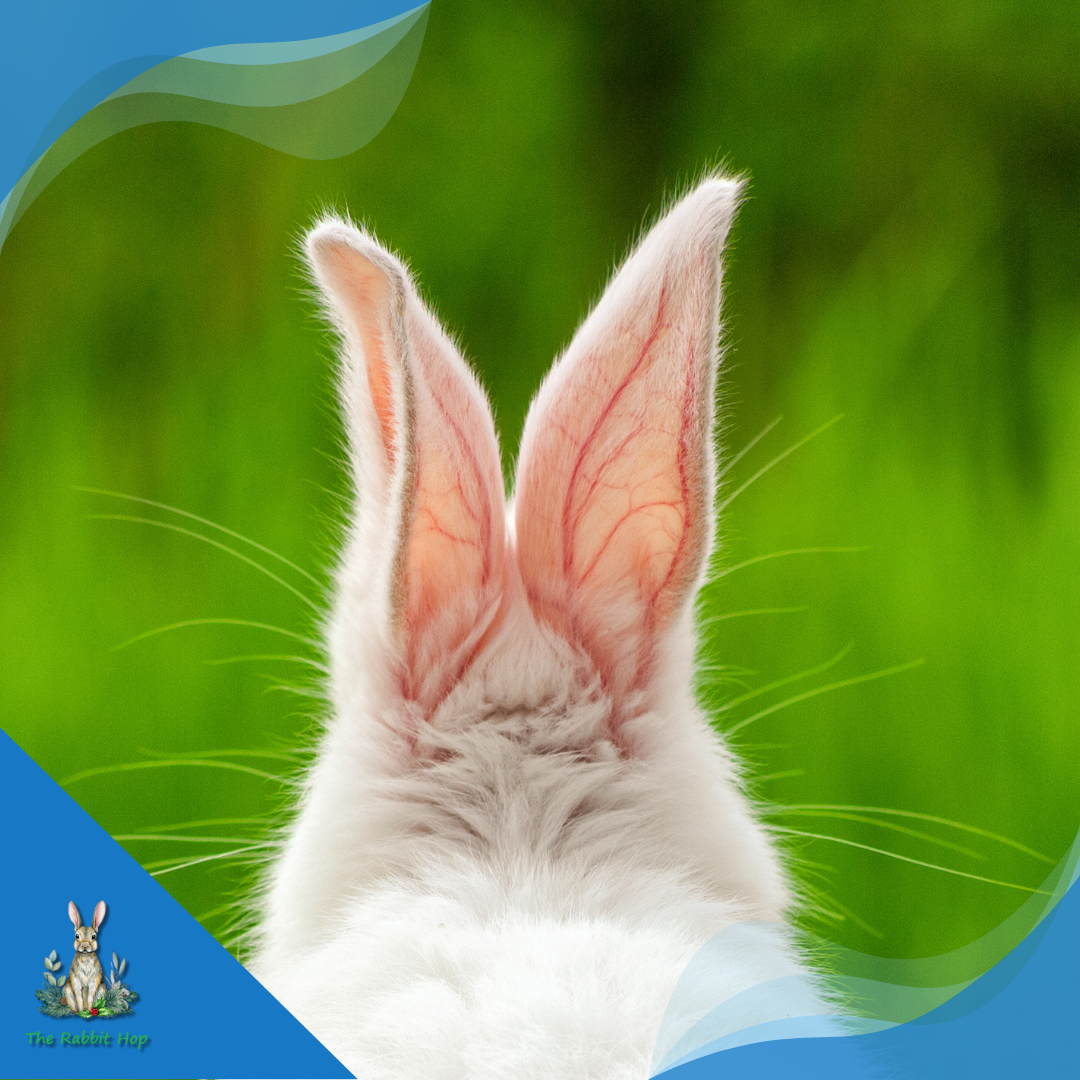
Key Takeaways
- Rabbit ear anatomy
- Check ears regularly
- Common ear issues
- How to check and clean rabbit ears
Understanding Rabbit Ear Health
Rabbits have unique ear structures that require attention and care. Their ears are made up of the ear canal, inner ear, and outer ear. The ear canal is the tunnel that carries sound waves to the inner ear, which processes the sound signals. The outer ear consists of the base of the ear, the flap, and the hair that covers the ear. Proper ear care is essential to maintain the health of these structures and prevent ear problems. By understanding the anatomy of rabbit ears, you can better care for your furry friend’s ears and ensure their well-being.
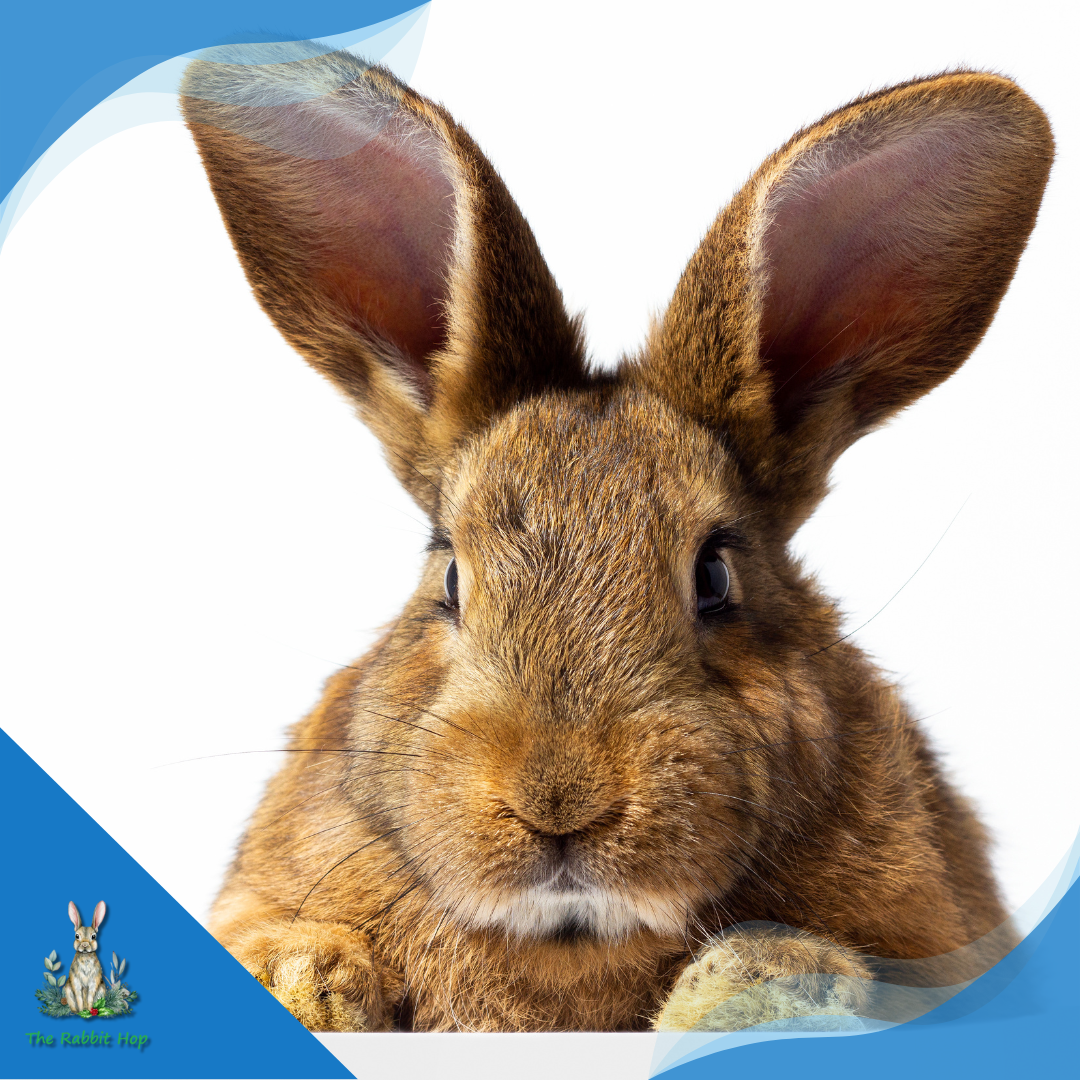
Anatomy of Rabbit Ears
A rabbit’s ear consists of the inner ear, outer ear, base of the ear, flap, veins, and hair. The inner ear is responsible for processing sound signals and transmitting them to the brain. The outer ear, including the base and flap, helps funnel sound waves into the ear canal. The veins in the ear provide nourishment to the ear structures, while the hair acts as a protective covering.
Understanding the different parts of the ear is important for recognizing signs of ear problems and providing appropriate care. By familiarizing yourself with the anatomy of your rabbit’s ears, you can detect any abnormalities or warning signs early on and take necessary steps to maintain healthy ears.
Importance of Regular Ear Checks
Regular ear checks are crucial for maintaining healthy ears in rabbits. Checking your rabbit’s ears on a regular basis allows you to identify and address any ear problems before they escalate. Common ear problems in rabbits include ear mites, ear infections, and ear diseases.
By examining your rabbit’s ears regularly, you can keep track of their ear health and detect any warning signs of ear problems such as redness, discharge, or discomfort. Early intervention is key to preventing further complications and ensuring your rabbit’s ears remain healthy and comfortable. On a regular basis, take the time to inspect your rabbit’s ears and address any concerns promptly for their well-being.
Common Ear Issues in Rabbits
Just like humans, rabbits can experience ear problems that can be both uncomfortable and potentially harmful if left untreated. Two common ear issues in rabbits are ear mites and ear infections.
- Ear mites, tiny parasites that live in the ear canal, can cause irritation, scratching, and discomfort for the rabbit.
- Ear infections, on the other hand, can be bacterial or yeast-related and result in inflammation, discharge, and loss of appetite.
Another ear issue that rabbits may face is ear disease, which can range from wax buildup to structural abnormalities. Recognizing and addressing these ear problems is essential for maintaining the health and well-being of your rabbit.
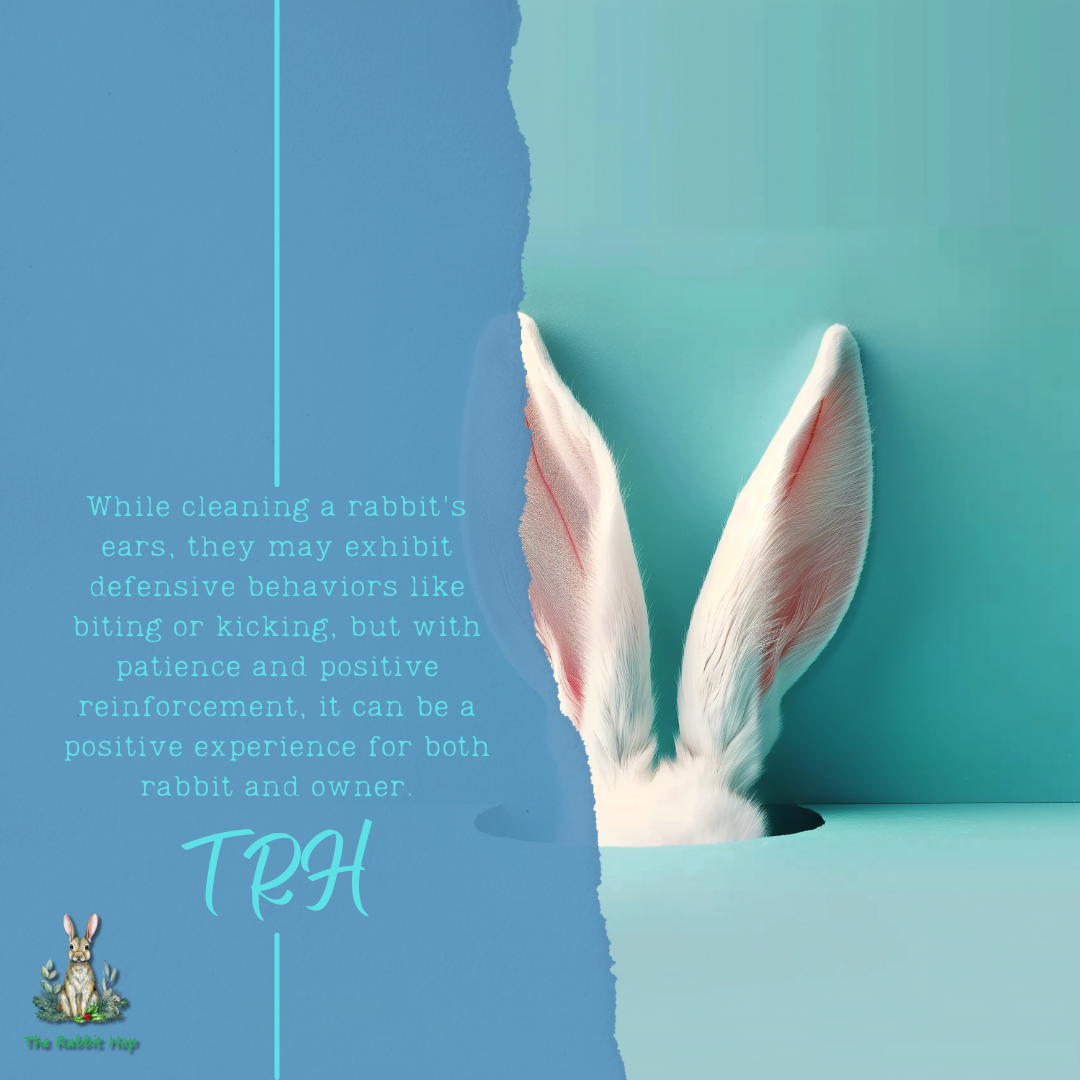
Identifying Ear Mites in Rabbits
One of the common ear problems in rabbits is ear mites. These microscopic parasites live inside the ear canal and can cause irritation and discomfort for your furry friend. To identify ear mites, examine the inside of the ear for signs of black, crusty discharge. You may also notice redness, scratching, or shaking of the head.
If you suspect ear mites, it is important to consult a veterinarian for proper diagnosis and treatment. They may perform a microscopic examination of the ear discharge to confirm the presence of mites.
Treatment typically involves medication and thorough cleaning of the ears. Preventive measures, such as regular ear cleaning, can help avoid future ear mite infestations in rabbits.
Recognizing Signs of Ear Infection
Ear infections are another common ear issue in rabbits that can cause discomfort and distress. It is important to recognize the signs of an ear infection in order to seek appropriate treatment. The following are some indicators of an ear infection in a rabbit:
- Loss of appetite
- Discharge from the ears
- Redness, inflammation, or swelling in the ears
- Scratching or shaking of the head
- Odor coming from the ears
- If you notice any of these signs, it is advisable to consult a veterinarian for a proper diagnosis and treatment plan. Ear infections can be bacterial or yeast-related, and the underlying cause needs to be identified to determine the most effective treatment. Early intervention is essential to prevent the infection from spreading and causing further discomfort or complications for your rabbit.
Preparing for Routine Ear Check
Before conducting a routine ear check, it is important to prepare your rabbit and gather the necessary tools. Creating a comfortable position for your rabbit will ensure that the ear check process goes smoothly. Gently hold your rabbit in a position that allows easy access to the ears while keeping them calm and secure. Providing comfort and compassion during the ear check is essential for the well-being of your pet.
Additionally, grooming your rabbit before the ear check can help remove any excess hair that may obstruct the view of the ears. By creating a comfortable and calm environment, you can ensure an effective and stress-free ear check for your rabbit.
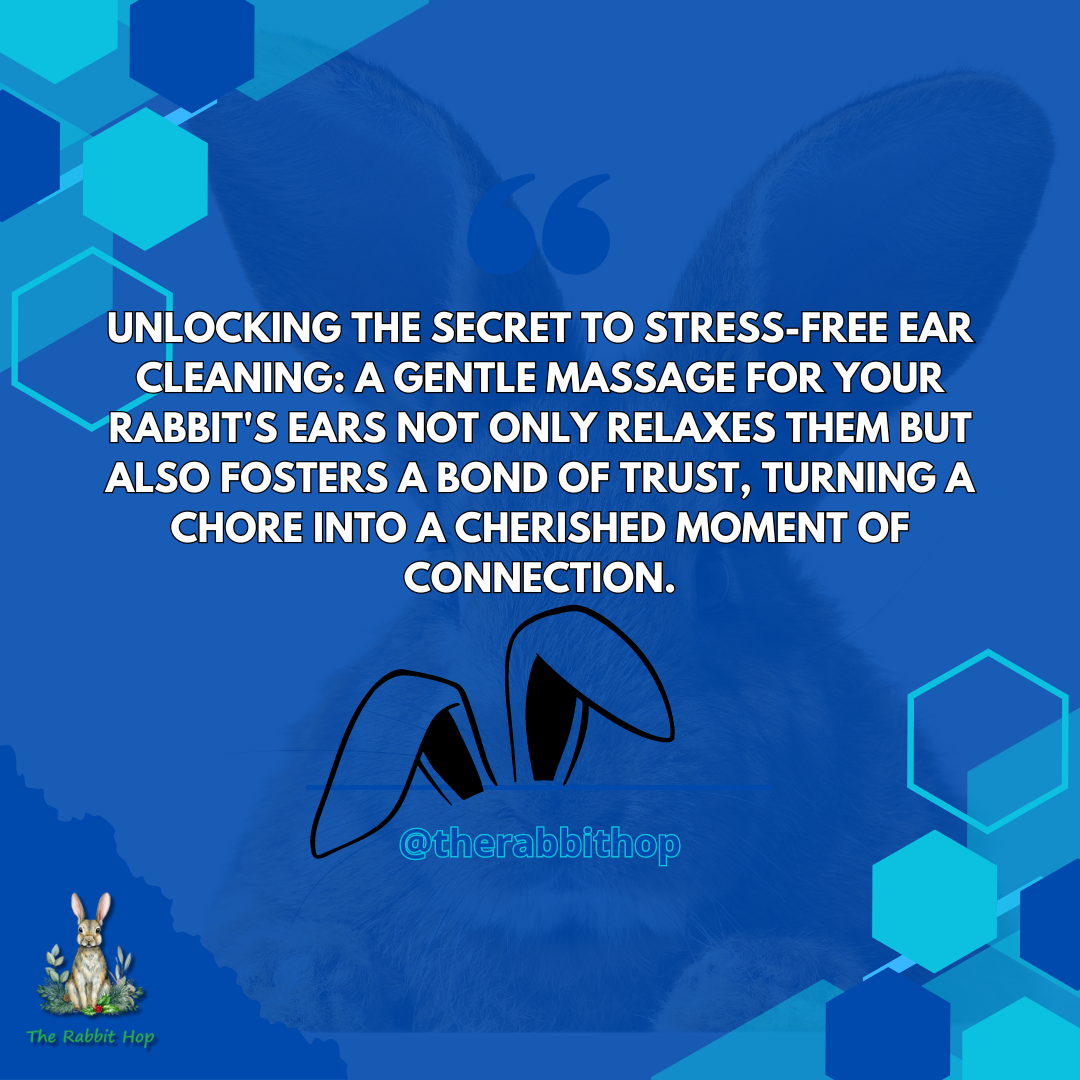
Comforting Your Rabbit
When conducting a routine ear check, it is important to prioritize the comfort of your rabbit. Ensure that your rabbit is in a comfortable position, which allows easy access to the ears without causing any distress. Take the time to gently stroke and reassure your rabbit, providing compassion and care throughout the process.
Establishing trust and maintaining a calm, soothing environment will help keep your rabbit at ease. Remember that the ears are sensitive, and any discomfort or pain can be stressful for your pet. By approaching the ear check with compassion and understanding, you can ensure the experience is comfortable for both you and your rabbit.
Gathering the Necessary Tools
When preparing for a routine ear check, ensure you have the necessary tools ready. Gather a cotton bud, a small flashlight, and some guinea pig-safe ear cleaner. These tools are essential for examining the outer ear and ear canal. Additionally, have a soft rag or cotton wool on hand to clean any visible dirt or cerumen from the outer part of the ear.
Guide to Checking Rabbit Ears
Examining a rabbit’s ears regularly is crucial for spotting any potential issues. When checking the ears, examine both the outer ear and the ear canal using a cotton bud. Look for lumps, abnormal discharge, or signs of discomfort. If you notice anything unusual, consult a vet immediately.
Regular examination can help in the early detection of common ear problems such as ear mites or infections, allowing for timely treatment. Understanding the normal appearance and feel of the ear is essential for identifying abnormalities.
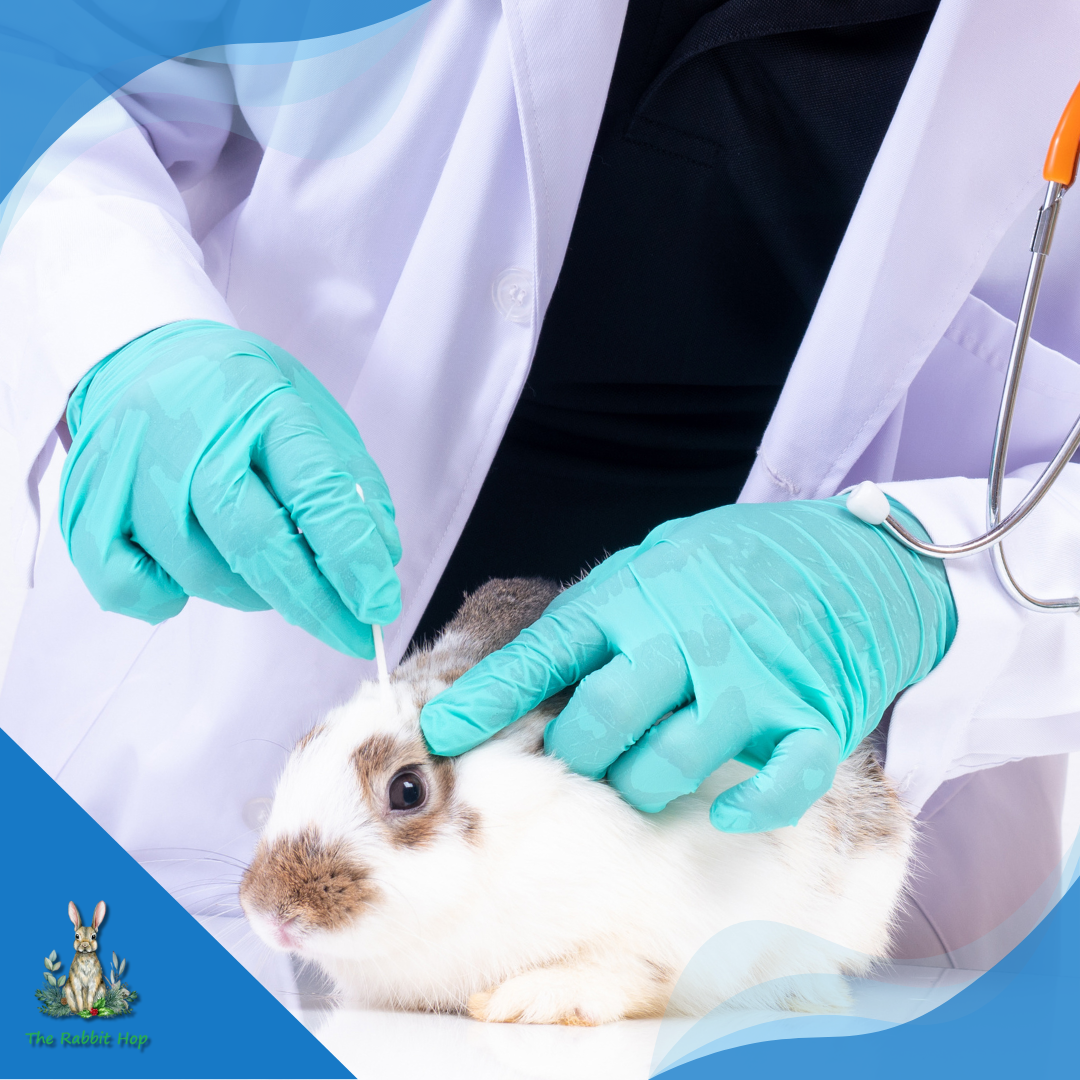
Examining the Outer Ear and Ear Canal
Upon inspection of the ear and ear canal, carefully observe for any redness, discharge, or scabs within the ear. Additionally, look out for signs of discomfort, head tilt, or loss of appetite in bunnies. Examine the outer ear for any inflammation, odor, or unusual sensations. It’s important to ensure there are no warning signs of ear mites, ear infection, or ear disease. Use your sense of smell to gently sniff the ear and detect any abnormal odors or signs of yeast.
Looking for Lumps and Abnormalities
Inspecting the base of the ear ensures identifying any lumps, pus, or hair loss. Monitoring the ear flap for irritation, excess wax, or inflammation is crucial. Checking the veins inside the ear helps to note any splay, redness, or discomfort. Detecting signs of parasites, ear wax buildup, or discomfort in the ear canal is essential. Maintaining ear hygiene and ensuring no discomfort during grooming are vital for the overall well-being of bunnies.
What to Do in Case of an Issue
In the event of an issue arising, it’s essential to be prepared. If you notice any abnormality in your rabbit’s ears, consulting a vet is crucial for proper diagnosis. Minor problems such as wax buildup can be addressed at home, following the vet’s guidance. Avoid using cotton buds or attempting to clean deep into the ear canal. It’s important to handle your rabbit gently and seek professional assistance for any concerns about your rabbit’s ear health.
When to Consult a Vet
If your bunny displays ear pain, discomfort, or scratching, it’s time to see the vet. Any signs of ear wax, discharge, or problems should prompt a visit. Seek veterinary care for ear cleaning, antibiotics, or treatment for ear disease. Even with regular hygiene, if your rabbit still experiences ear problems, consult a vet. Additionally, any indication of ear problems, loss of appetite, or ear discomfort warrants a visit to the vet.
Treating Minor Ear Problems at Home
To address minor ear issues at home, it’s essential to clean the external ear canal using mineral oil or specialized ear cleaning solutions. Seek vet advice to handle wax buildup, maintain ear hygiene, and alleviate any discomfort. Regular grooming with cotton balls and professional ear care products will help keep your bunny’s ears healthy, clean, and free from scabs or ear mites.
Approach the treatment of minor ear problems with compassion and care, ensuring the wool and cerumen are removed without causing any distress.
The How-to for Cleaning Rabbit Ears
Cleaning your rabbit’s ears is a crucial part of their grooming routine. Using a cotton ball, gently remove any visible dirt or wax from the outer part of the ear. Be cautious not to insert the ball into the ear canal. If you notice excessive wax buildup or discharge, consult a vet as it could be a sign of otitis or ear infection.
Regularly cleaning their ears helps prevent common ear issues in bunnies and ensure their overall ear health. Remember, always handle the ears gently to avoid causing any discomfort to your pet.
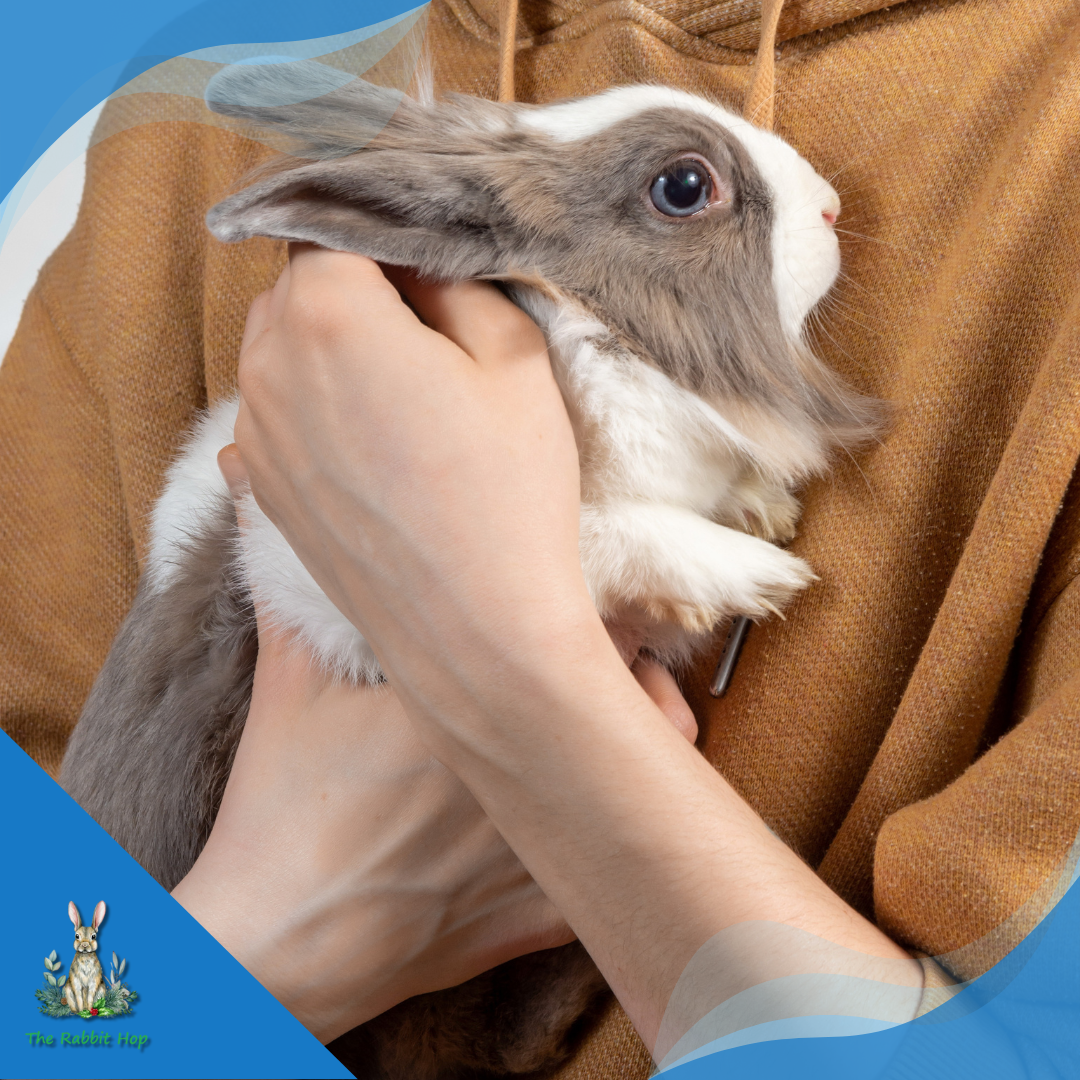
Preparing the Rabbit for Ear Cleaning
Ensuring the bunny is at ease, position it comfortably for easy ear access. Utilize vet-approved ear care items like mineral oil or cleaning solutions. Prioritize compassion and professional guidance during the preparation process. Regular grooming with proper ear care products maintains ear hygiene.
Comfort the rabbit before commencing the cleaning procedure. Ensuring the bunny is at ease, position it comfortably for easy ear access. Utilize vet-approved ear care items like mineral oil or cleaning solutions.
Step-by-step Process of Cleaning
To groom, use cotton balls or professional ear cleaning pads. Gently clean the external ear canal, outer ear, and the base of the ear flap. Ensure the rabbit’s comfort while cleaning the ear canal, ear flap, and maintaining ear hygiene.
Follow the vet’s advice or professional guidelines for rabbit ear cleaning to prevent discomfort, ear problems, or ear disease. Adhere diligently to the cleaning process to avoid any issues.
Prevention is Better than Cure
Maintaining the routine ear hygiene of your bunnies is essential to prevent common ear problems. Regularly check for lumps, use a cotton bud to remove excess cerumen, and ensure no wool or debris gets lodged in the ear. Prevent otitis by keeping your guinea pig’s living environment clean and dry.
In case of any abnormalities, consult a vet promptly to avoid further complications. Taking preventive measures now can save your pet from discomfort and potential health issues in the future.
Maintaining Regular Ear Hygiene
Regular maintenance of your bunny’s ear hygiene is crucial for preventing common ear issues. Using vet-recommended cleaning solutions and cotton buds, gently clean the outer ear and ear canal to prevent wax buildup and potential ear problems.
By ensuring that the ears are clean and free from any abnormalities, you can effectively avoid ear mites, infections, and discomfort for your bunnies. Maintaining healthy, odor-free ears is essential to their overall well-being.
Avoiding Common Ear Problems in Rabbits
To avoid common ear problems in rabbits, ensure regular ear checks for signs of discharge, swelling, or redness. Use a damp cotton ball for gentle cleaning and avoid inserting anything into the ear canal. Use flea and mite preventatives for parasite prevention and provide a balanced diet including hay, fresh vegetables, and fruits for overall health.
Schedule regular vet check-ups with a rabbit specialist to catch potential ear problems early on.
How Often Should You Check Your Rabbit’s Ears?
Regular ear checks are essential for your rabbit’s health. Checking their ears at least once a week allows you to detect any signs of infection or irritation early on. Rabbits with long ears or outdoor exposure may require more frequent checks. Always be gentle to avoid causing discomfort.
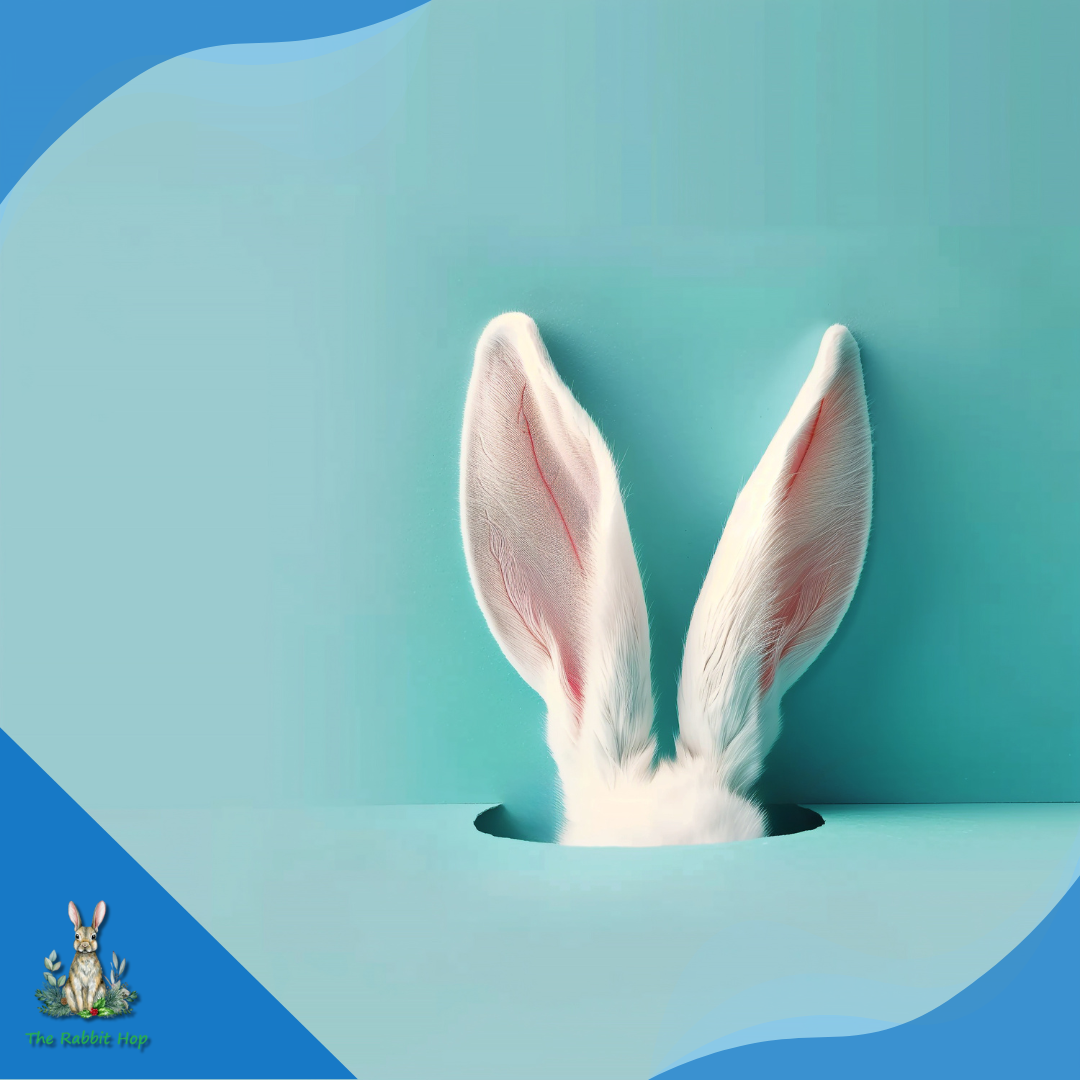
Keep Those Ears Clean and Healthy!
Taking care of your rabbit’s ears is crucial for their overall health and well-being. Regular ear checks and cleaning can help prevent common ear issues such as ear mites and infections. It is important to be gentle and patient when examining your rabbit’s ears, and to seek veterinary assistance if you notice any abnormalities or signs of infection.
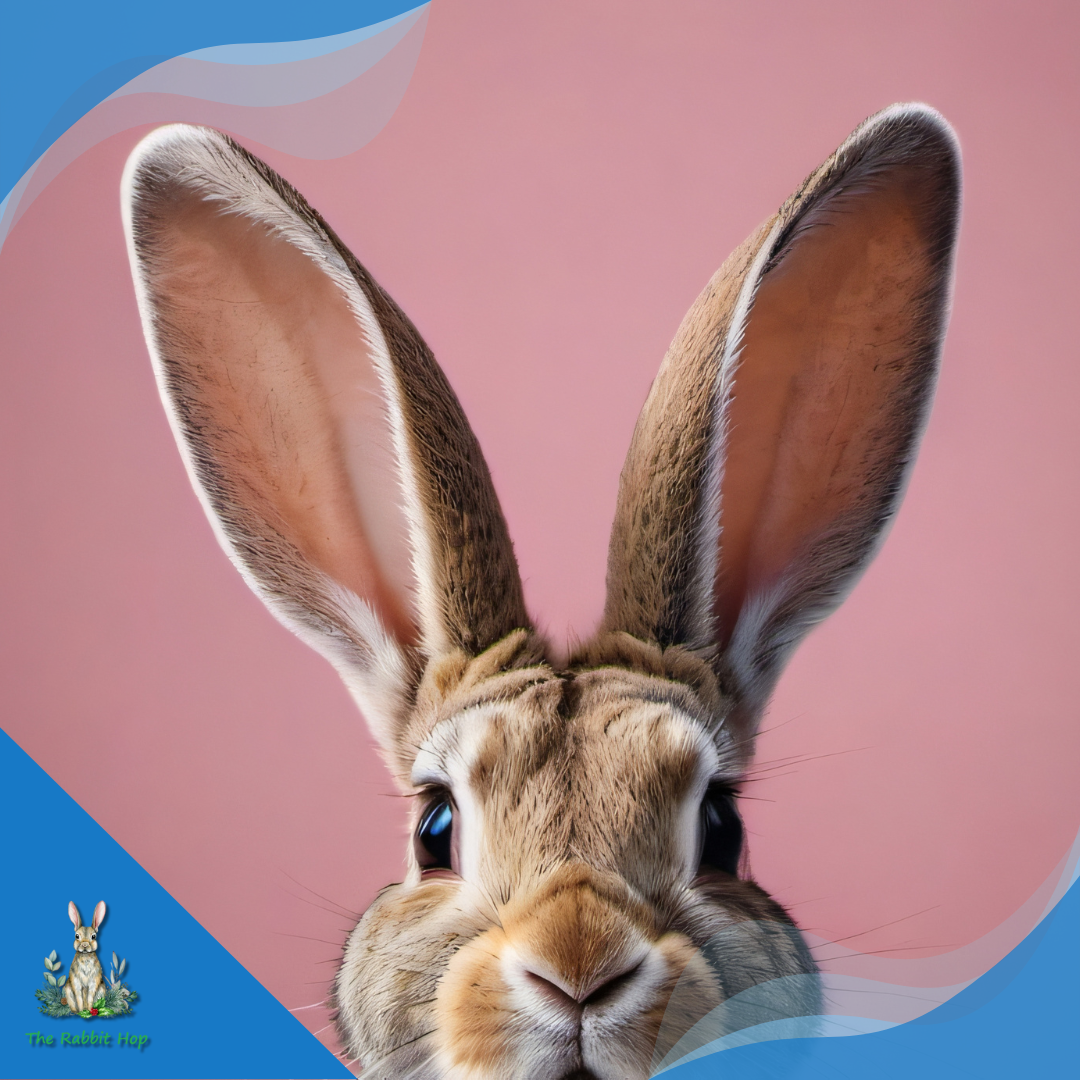
By maintaining regular ear hygiene and avoiding common triggers for ear problems, you can ensure that your rabbit’s ears stay healthy and pain-free. Remember, prevention is better than cure when it comes to caring for your rabbit’s ears. Stay proactive and provide the necessary care to keep your furry friend happy and comfortable.
Frequently Asked Questions
How often should I clean my rabbit's ears?
The frequency of cleaning your rabbit’s ears can vary depending on factors like breed and individual health needs. Some rabbits may need their ears cleaned once a week, while others may require it only every few months. Look out for signs like wax buildup, odor, or discharge as indicators that your rabbit’s ears need cleaning. Always use gentle cleaners and avoid inserting anything deep into the ear canal.
What are some signs of an ear infection in a rabbit?
Signs of an ear infection in rabbits may include head tilting, loss of balance, and disorientation. Other indications can be redness, swelling, or discharge from the ears. Excessive scratching at the ears is also common. If you suspect an ear infection, consult a veterinarian for diagnosis and treatment.
What are some common causes of ear infections in rabbits?
Common causes of ear infections in rabbits include wax or debris buildup in the ear canal, parasites like ear mites, injuries to the ear, and underlying medical conditions. Regular cleaning and checkups with a veterinarian can help prevent and detect potential ear infections.
Can I prevent ear infections in my rabbit through regular care and maintenance?
Regular care and maintenance of your rabbit’s ears can help prevent ear infections. Use a gentle, rabbit-safe ear cleaner and soft cloth to clean the outer area of the ear. Avoid using cotton swabs as they can push debris further into the ear canal. If you notice any signs of an ear infection, consult a veterinarian for treatment.






